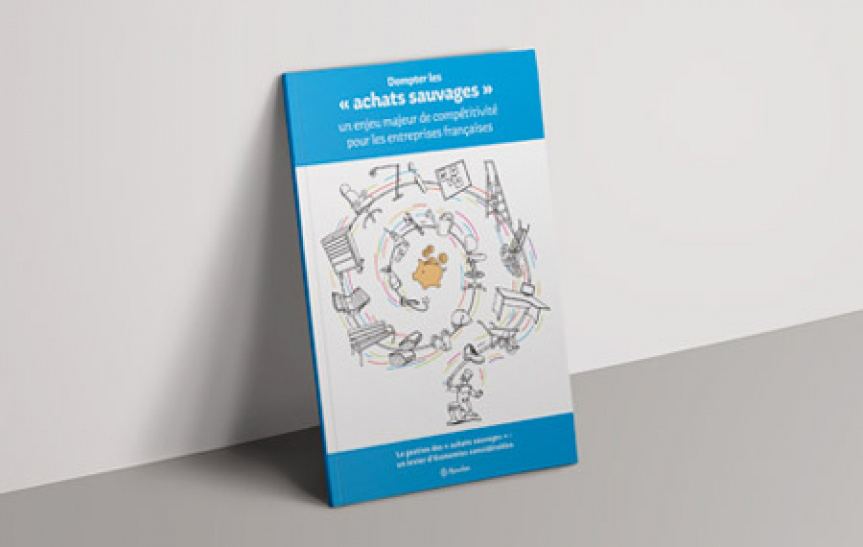
Company purchases are often divided into three categories depending on the expenses associated with them: Class A, B and C purchases, as known as tail spend. But if you look at these purchases through the lens of total cost of ownership (TCO), the order is reversed. Tail spend, which seem mundane at first glance, are much more important than they look.
Three purchasing categories
Let's look in detail at the characteristics of each of these categories:
- Class A purchases are strategic purchases that provide direct input into the production process, and are now almost always optimised by businesses. Examples include raw materials for industrial businesses.
- Class B purchases are recurring and strategic products, but are not involved in the production process, such as computer equipment, vehicle fleets, travel etc.). These purchases are also generally well managed by procurement departments.
- Lastly, Class C products, as known as tail spend are non-recurring and non-strategic purchases, such as office furniture and supplies, tools, hygiene products, small industrial equipment etc. These tend to be one-off purchases and difficult to predict.
Direct costs vs indirect costs
While Class A purchases amount to 75% of direct spending, Class C purchases, alias tail spend, account for the majority of indirect spending.
On average, Class C purchases, also named tail spend, amount to 5% of a company's purchasing volume, but also 60% of orders, 75% of suppliers and 85% of items.
This trend inflates the total cost of ownership of Class C purchases, as known as tail spend. For example: Tail spend account for 75% of company suppliers, while the average annual management cost of a supplier is estimated at between £900 and £2700.
Hidden costs: Tail spend in first place
Even though they involve low amounts (less than £450 on average), Tail spend contain significant hidden costs. These purchases are not controlled by procurement departments, as they are often made outside of the buying process by different employees or services scattered around the company. The consequences of this should not be ignored, such as an increasing number of orders that frequently contain errors or are returned.
That is why, after having optimised their Class A and B purchases, companies now have every reason to focus on their Class C purchases, as known as tail spend. They stand to improve their cost reduction, efficiency and competitiveness.

Download
*Total Cost of Ownership







